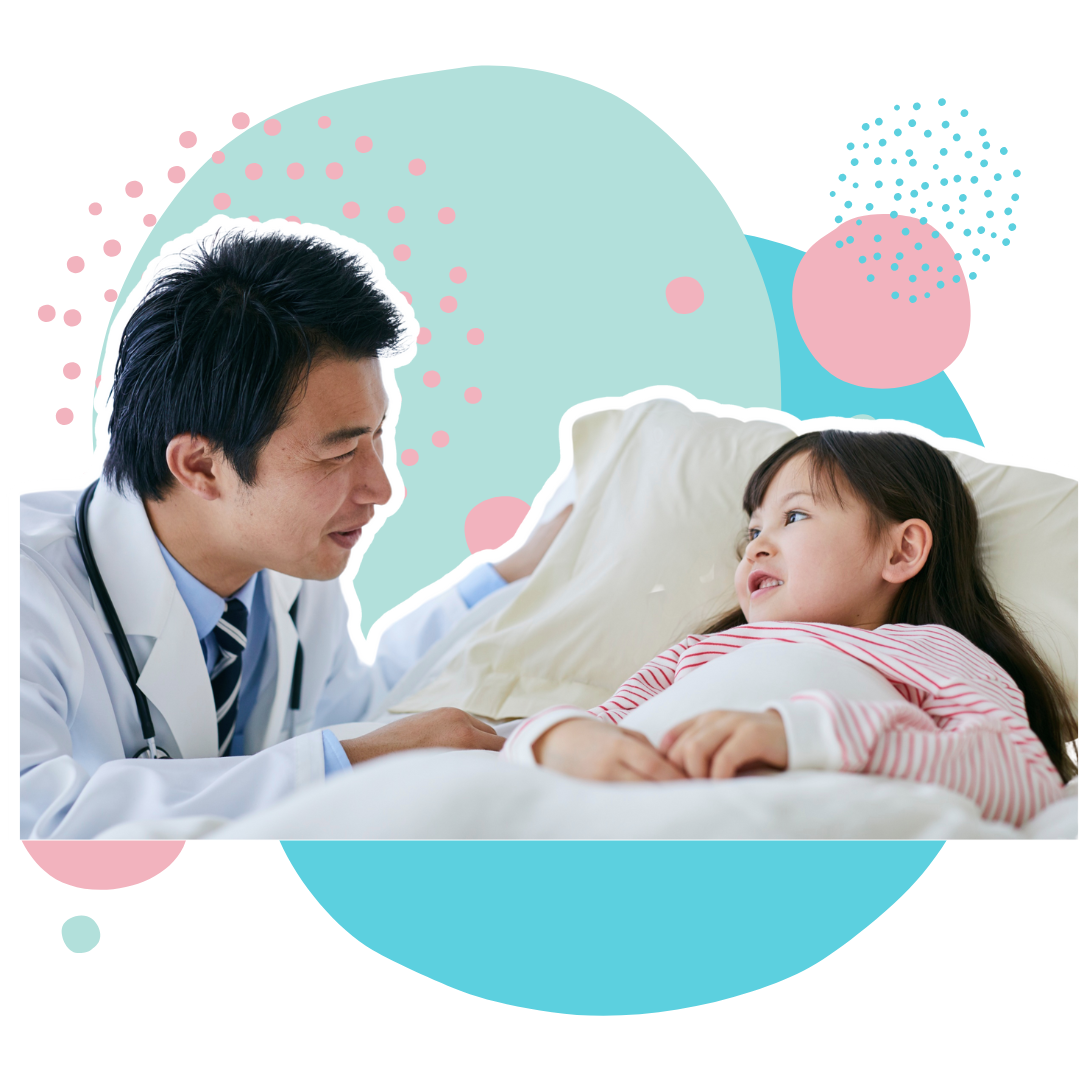For many children, a hospital stay is the beginning of healing. But for others, especially our most medically fragile infants and children, it may also be the beginning of trauma. We rarely talk about it this way, but the truth is: being a patient, especially as a child, can be traumatizing. And that trauma often begins long before a child is old enough to express it.
In our CIMT® II certification course, we focus not only on infant and pediatric touch therapy techniques, but on deeply understanding what children and families go through in medical settings, and how we can help.
Imagine the earliest moments of life being filled not with soft, nurturing hands, but with needles, tubes, cold surfaces, bright lights, unfamiliar sounds, and pain. For a baby in the NICU, this is often their entire world. Medical interventions may be necessary and lifesaving, but they do not replace what is developmentally essential: gentle, loving, regulated human touch.
The trauma of medical care doesn’t always come from what is “wrong,” but rather from what is missing. Human connection. Soothing routines. Safe, predictable environments. The opportunity for bonding through skin-to-skin care. And for many babies, even once they leave the NICU, the cycle of hospitalizations, appointments, procedures, and separations continues.
For parents, having a child in the hospital, especially one who is very young or critically ill—can be one of the most traumatic experiences of their lives. They often feel helpless, uncertain, and overwhelmed by the medical environment. When parents are afraid to touch their child for fear of interfering with medical devices or causing harm, it fractures one of the most fundamental human instincts: the drive to comfort through touch.
This absence creates trauma for both the child and the caregiver. The lack of positive physical connection affects the child’s emotional regulation, physical development, and trust in human relationships—and can have effects that last far beyond discharge from the hospital.
In many medical settings, touch becomes purely procedural, used for inserting IVs, administering shots, turning or restraining the body. But for a child’s developing brain and nervous system, touch is meant to communicate safety, love, and belonging. When that kind of touch is absent, or when touch becomes associated with pain, the very wiring of the brain can be affected.
What we see later in childhood, heightened anxiety, sensory avoidance, difficulty bonding, sleep disturbances, or challenges with emotional regulation, may actually stem from early medical trauma that was never acknowledged or addressed.
That is why, in our approach at Liddle Kidz® Foundation, we emphasize that touch therapy in the medical setting is not an optional luxury, it is a necessity.
In our CIMT® II course, we teach therapists and healthcare professionals how to:
- Recognize signs of trauma in medically complex infants and children
- Offer safe, respectful, and developmentally appropriate touch
- Work in collaboration with families and medical teams
- Provide structure and predictability to build trust
- Help caregivers reconnect physically and emotionally with their child
- Reduce stress, pain, and sensory overwhelm through gentle techniques
Touch therapy becomes a way to restore what illness and procedures have taken away. A way to say: you are more than your diagnosis; your comfort matters; you are not alone.
These gentle, simple gestures can profoundly shift a child’s experience in the hospital and beyond. Because trauma does not come only from the presence of harm, but from the absence of connection during distress. And healing is not only about medicine, it’s about creating a space where every child feels safe, seen, and soothed.

